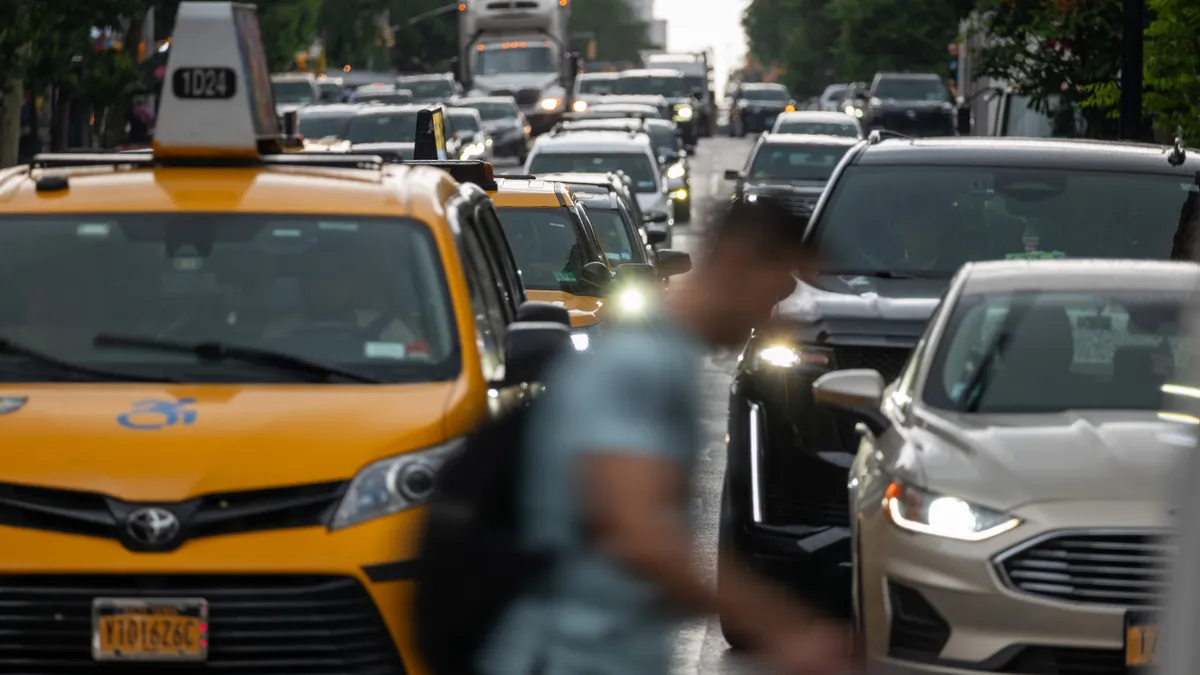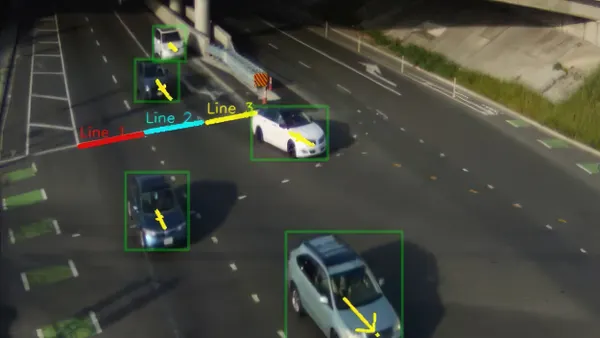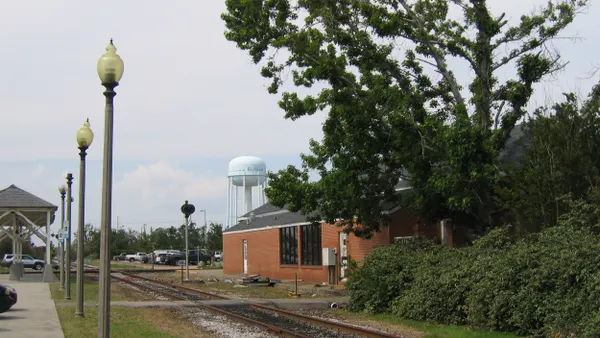Dive Brief:
- Traffic congestion is greater today than in 2019 in all but six of the top 100 most populous metropolitan areas in the U.S., according to a report published this month from Streetlight Data.
- Despite hybrid and remote work trends, the number of vehicle miles traveled per capita was 12% higher in May 2024 than the same month in 2019.
- In downtown areas, although vehicle miles traveled are lower in 18 of the 25 most highly populated cities, congestion is down in just eight of them, implying that “congestion is quite stubborn on these taxed urban roads,” the report says.
Dive Insight:
Prior to the COVID-19 pandemic, the number of daily vehicle miles traveled per capita was on an upward trend nationwide, the report says. Initially, amid stay-at-home orders and work-from-home policies, VMT dropped dramatically. But from its low in the spring of 2020, VMT across the U.S. climbed upward.
Vehicle miles traveled and traffic congestion can correlate with one another but not in all cases. Among the top 25 cities, five kept their VMT at or below 2019 levels but only San Francisco saw congestion slightly under its pre-pandemic mark. Focusing on downtown areas — many of which are struggling with empty office buildings — the Streetlight Data report found just seven of the urban cores in the top 25 metropolitan areas experienced lower congestion than in 2019.
New York City’s urban center saw both the largest rise in VMT and in congestion, even as office vacancy rates hover around 16% in Manhattan, according to the New York City comptroller. New York City would have become the first city in the U.S. to establish a congestion pricing program to address its traffic problem, but New York Gov. Kathy Hochul pulled the plug on the plan in June.
“While there was some hope that a new remote work culture might keep miles driven down and congestion at bay, StreetLight’s results indicate that the status quo isn’t working,” the report says. “A reliance on remote work is not a panacea to the rise in VMT and the default solution for traffic — adding roadway capacity — isn’t solving congestion.”











